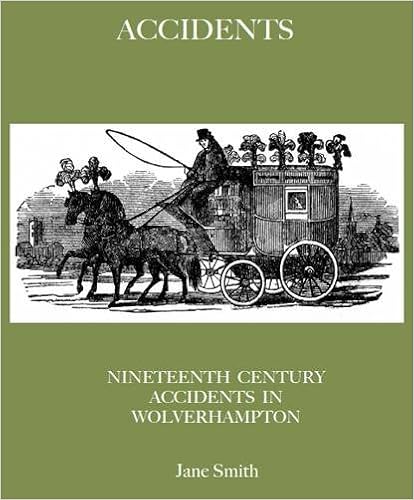Hello and welcome to the Blog! Please feel free to look round.
The Blog and I deal mainly with local and family history in the Black Country: if you don’t know where that is, here’s a map
The Blog and I
The Blog was originally updated regularly – weekly if at all possible. However, due to family illnesses, updates have become sporadic in the last few years.
When in the mood, the Blog prods me awake in the early hours of the morning, muttering ‘Me! You haven’t updated me for eons! How about talking about…’ and I wander grumpily downstairs into the writing cave, coffee in hand, emerging only once the task is done.
That actually is a lie – I emerge several times, but only to refill the coffee mug. Or to cook a fried egg sandwich. Or both.
There are few scarier sights in this household than the Early Morning Blogger.
I share the writing cave with the fridge/freezer. Sometimes I think I ought to come clean and admit that I write in the larder.
About Me
I’m a cat-loving freelance researcher, author and tutor, specialising in Black Country genealogy and local history and also in legal history. I am Secretary of the Wombourne History Group (WHiG) and co-editor of the Group’s latest book “Wombourne Revisited”, and co-editor of “The Badge Mag”, the in-house journal of the British Badge Collectors’ Association, In 2014 I was awarded the bursary at the Wolverhampton Annual Local History Symposium for my research into the local coffee mill manufacturing industry. My research in this area has been published in “The Grinder Finder”, the in-house journal of the American Association of Coffee Mill Enthusiasts (ACME).
I’ve been interested in local history for as long as I can remember, thanks to my father, who would always point out places of interest to the Infant Genealogist (and still does). My interest in genealogy was sparked over 35 years ago, when my maternal grandmother – who had an almost inexhaustible appetite for recounting tales of her youth and of her family – presented me with an album of photographs of my ancestors, interspersed with newspaper cuttings and some of the family stories. Some of this material was over a century old. I immediately wanted to know more about these people…
You can find more about my professional life on the page “Courses, Talks, Research.”
About the Blog
To return to the plot: the Blog began life back in 2012 as a place where I, in my guise of genealogist/researcher, could keep track of useful websites and books. Then it developed some articles about various sources and techniques and also become a sort of diary, listing things I have found or places I have visited in connection with my research. It has developed a liking for illustrations. Sometimes I fear it has a life of its own. It has been redesigned at least twice in its short life and will no doubt continue to evolve.
The layout of the site remains unchanged. On the whole the posts below this sticky are assorted jottings: topics I think are important have a page to themselves and can be found above, just under the banner picture. Found them? Good.
Sometimes the posts contain snippets of information or photographs that you may find useful: to save searching back through the posts, these are indexed on the page “An Index To Posts”
The page “Dates For Your Diary” lists talks and exhibitions in Staffordshire (sometimes in neighbouring counties) and is updated at the beginning of every month.
Avoiding Spam
I try to keep this a spam-free site: so if you want to leave a comment, you’ll find that you need to enter a Captcha code. Also, all comments have to be approved by me as site administrator before they appear on the site.
This shouldn’t – I hope! – deter anyone who wants to make any serious comments. It doesn’t actually deter the spammers, but it does enable me to delete them.
Your comments and questions
If you do want to comment, your email address will NOT appear on the site. Nor will mine – if you want to say something, leave a comment and I’ll respond to that.
Contacting me
If you have a specific question to ask about an aspect of family history research, please use the comments box on the “Contact Me” page.




